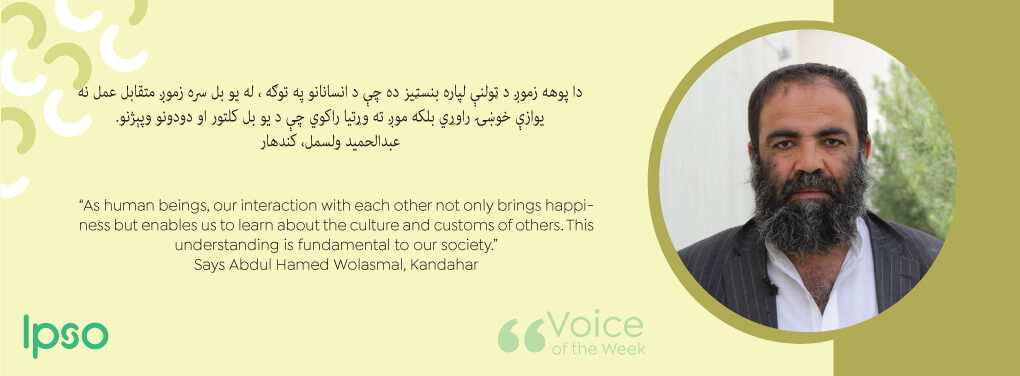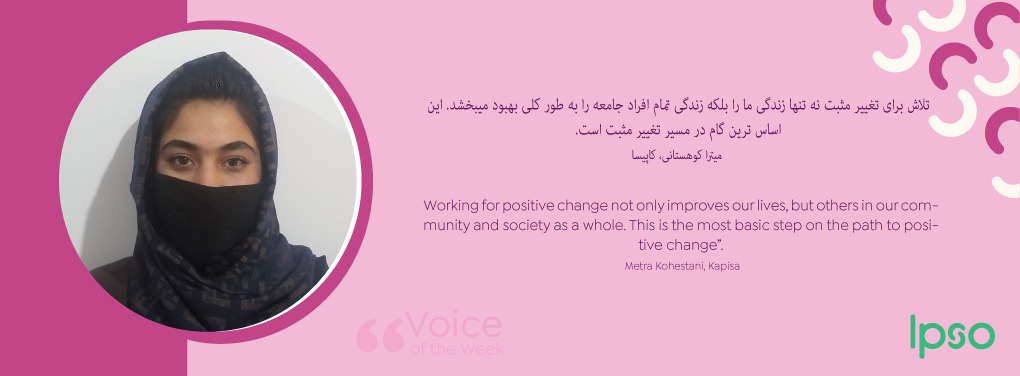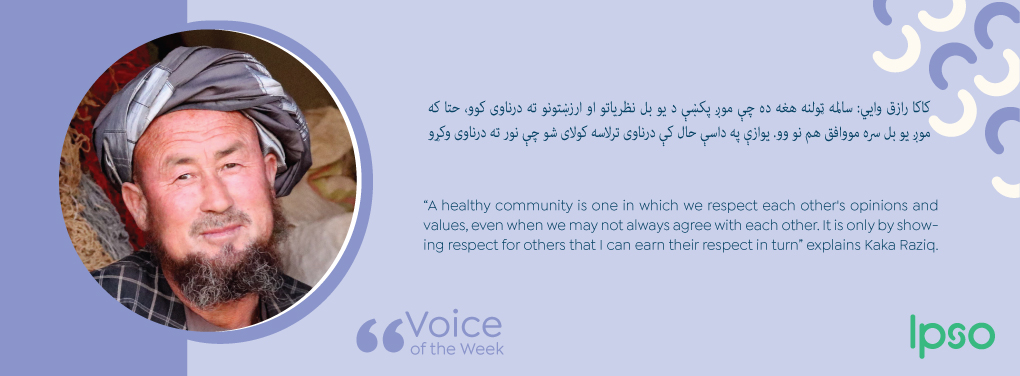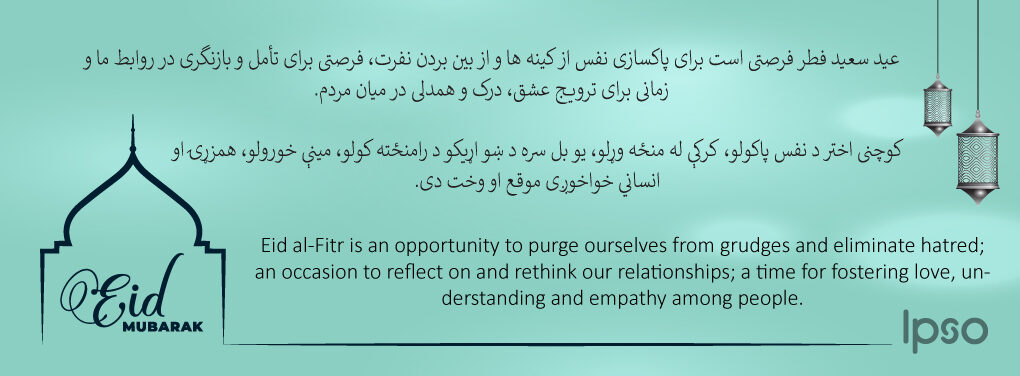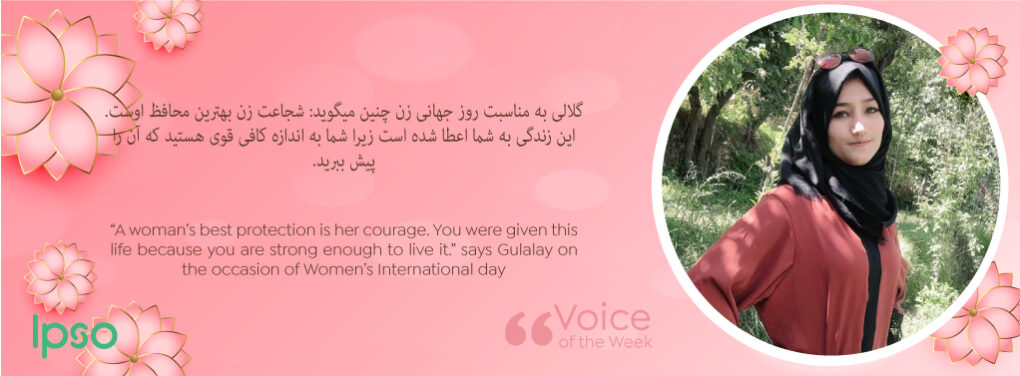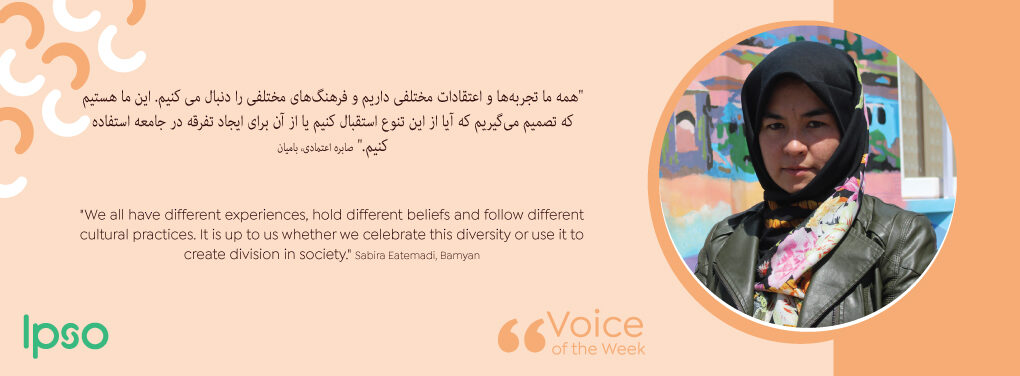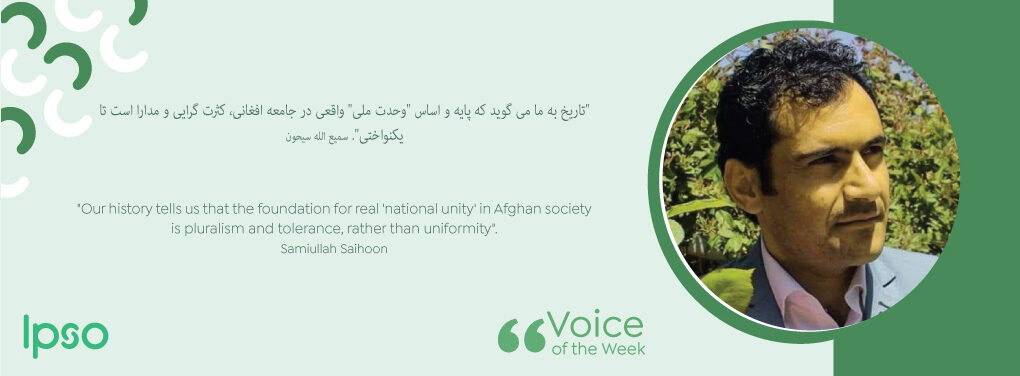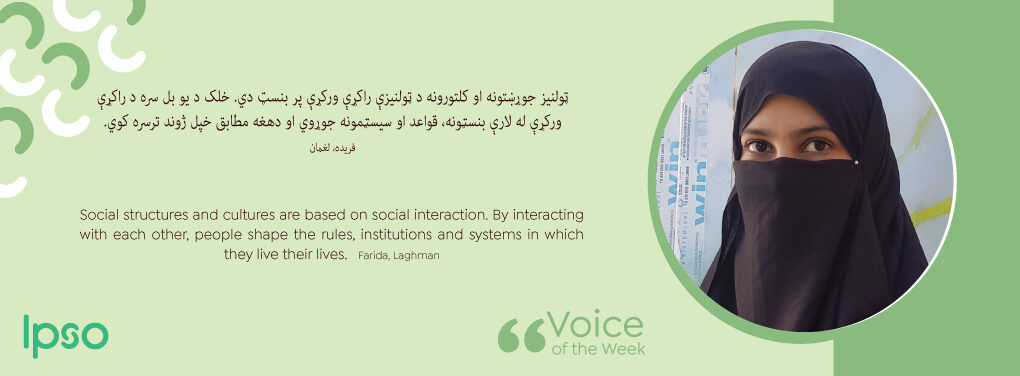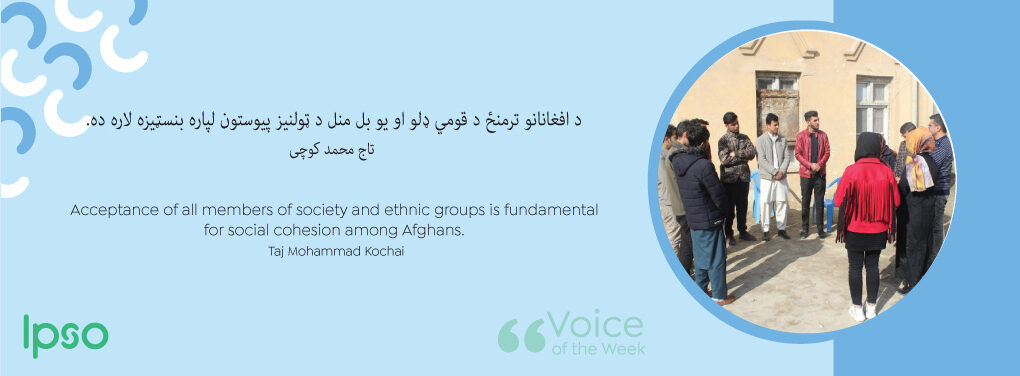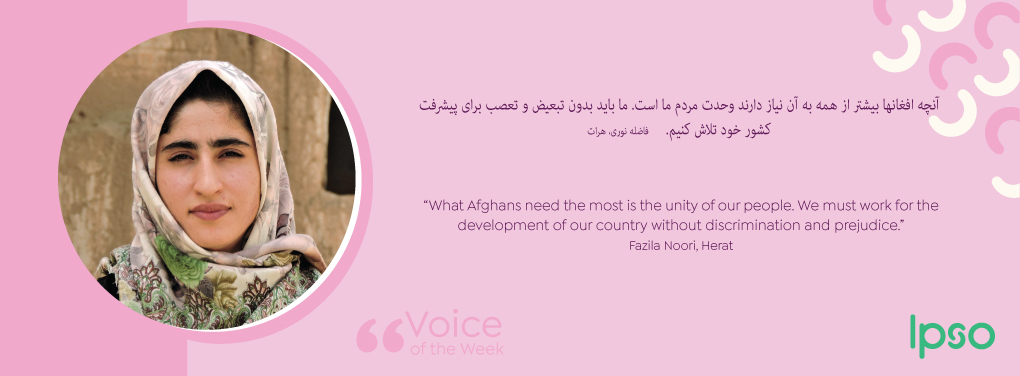It is 5:00 in the early morning. It is still a bit dark but the reddish part of the sky scattered behind the mountains signals the sunrise of Kabul. It is the time when Sediqa, a 20-year-old girl, and her younger sister Shokofa, 17, get up to go hiking on the nearby hills called Tape Shahrak. Both gear up and head towards the hills with unmatched enthusiasm and energy. As they hike up the hills, they recall the days when there were only two of them when they started last year. They remind each other of the challenges they faced from the community in the beginning.
Sediqa and Shokofa first started to go hiking in early 2019. They live in the township located near the hills. Every early Friday mornings, they would see countless groups of men and only small handful of young girls walking up the hills through their window. “Let’s make our own group.” Sediqa said to Shokofa. “Maybe we should start going to hiking as girls instead of observing the situation and feeling sorry.” It was only the next Friday that the sisters hit the hills while wearing just ordinary shoes and non-hiking outfits.
“It was only me and my sister in the beginning.” Said Sediqa . “The idea was bizarre at the time as I remember. Why would girls go hiking? What would people and neighbors say?” but things are different now. After almost a year, Fatima—mother of Sediqa and Shokufa— her friends, relatives, and neighbors have also joined them—the very people who were once trying to hold them back or at least deemed hiking unnecessary especially for girls. Sediqa and Shorkria have come a long way to witness such a day. They tell the story of how they succeeded to persuade people and transform mindsets by engaging people in actual experience rather than talking.
“My mother did not prevent us from hiking but she was not quite convinced that we should really do this. She was concerned about what relatives and neighbors would judge about it. Besides, she was worried about our safety as young girls.” Said Shokofa. “We understood our mother’s standpoint and we gave her every right to be worried.”
However, the young sisters never intended to quit hiking. Instead, they strived to find a practical way to assure their mother and people that what they are doing is safe and that girls can do sport too. They thought that it would be of no use if they talk about an experience that their mother and most people are not quite familiar with. Instead, they decided to take their mother for hiking along with them. “One morning, we took my mom along with us so that she gets to see and experience the whole situation for herself.” Said Sediqa. “She noticed that there are many girls and boys coming up on the hills to hike. One day, a family catches her attention. The parents were hiking together with their young children. This left a huge impact on my mom.”
The mother starts to go with her daughters but only walks a part of the route Sediqa and Shokria hike every morning. “This was a big step. It gave us more confidence.” Said Shokofa. “People started to rethink their positions towards us because we had the support of our mother. After only a month, a woman from our neighbors also showed interest to join our group after persuaded by my mother.”
A year passes and the once-two-membered hiking group has now around 25 people including parents, young girls, and boys. It is actually the first hiking group consist of families of a small neighborhood instead of a group of friends and acquaintances.
“Hiking with our mother inspired and encouraged many families in the neighborhood.” Said Sediqa. “Apart from its health aspect, it has had a social message. It has transformed the mindsets of at least a small community towards girls’ social life and family dynamic. Parents who once did not let their daughters go out for hiking are now hiking together with their daughters while interacting with another family as well.”
During the hiking, families engage in different activities. They celebrate life by having fun and also learn how to create bonds, interact and cooperate in a social environment. “This is actually a form of social dialogue but in action.” Said Shokofa.
“We talk as we hike in sub-groups. Some families are not familiar with each other well and they get this opportunity get to know each other during the walks. Moreover, our parent bring snacks and tea for the break times. During the break, we all exchange food as well as share feelings and talk about our lives and families in the large group. Sometimes our parents tell the stories of how they have dealt with the judgments they receive from the community because of hiking and how they stay committed about it. These sharings have helped us to develop collective resilience and confidence against those who misjudge and encouraged us to invite more to our team.”
Shahrak Omid-e-Sabz hills or Tape Shahrak is one of the few places in Kabul where tens—or even hundreds on the weekends— of people go there for hiking, mountain climbing, and cycling. Recently, more girls and older people are seen on the hills because of what Sediqa, Shokufa and their peers have done.



